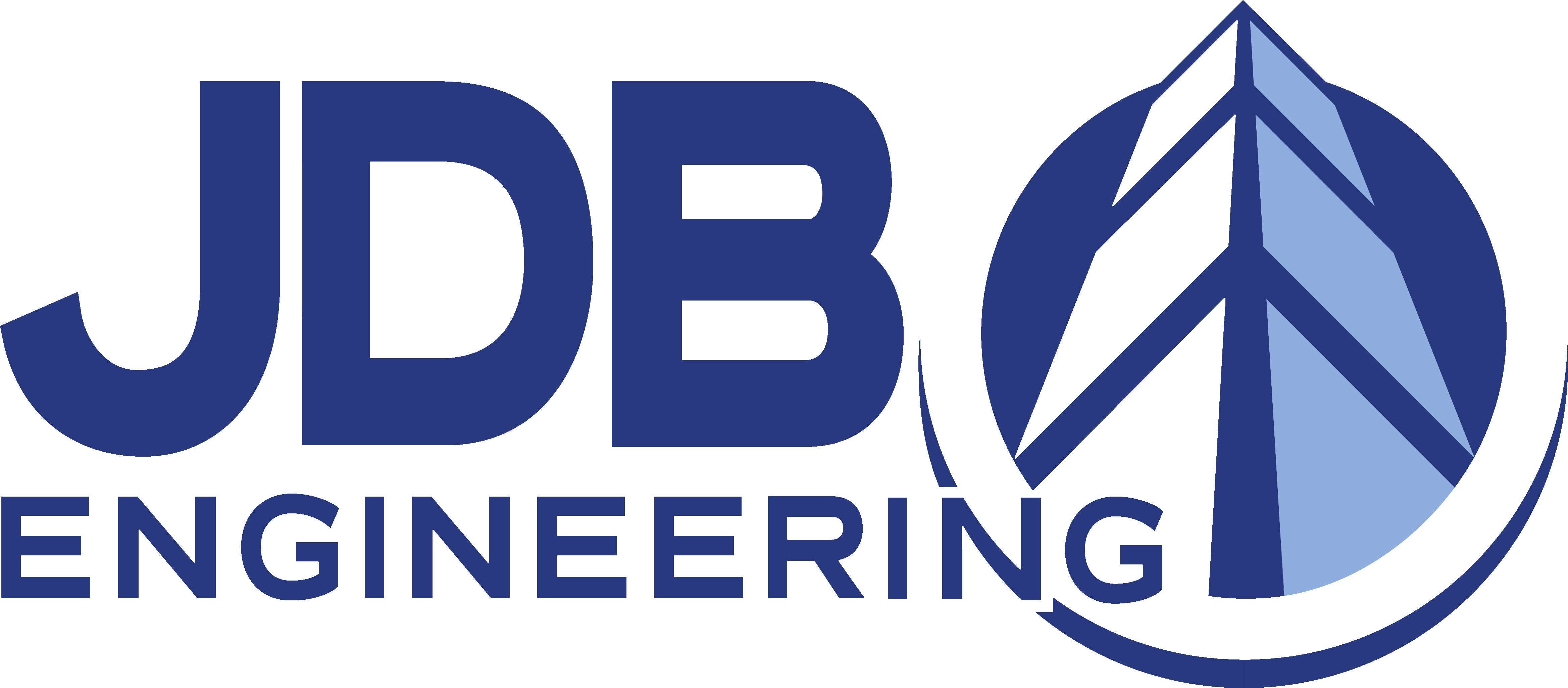By Scott D. Butcher, FSMPS, CPSM What are the current economic conditions within the architecture, engineering, and construction industry? How are the market sectors and geographic regions performing? There are quite a few indicators that track the health of the industry, and we’ve gathered many of the major metrics in one place to make your […]
Tag Archives: Environmental Scan
by Scott D. Butcher, FSMPS, CPSM What’s happening in the architecture, engineering, and construction (A/E/C) industry right now? Firms should always be paying attention to the industry indicators, whether those metrics are leading or lagging. Below you’ll find a current snapshot of some of the best-known metrics in our industry. American Institute of Architects The […]


